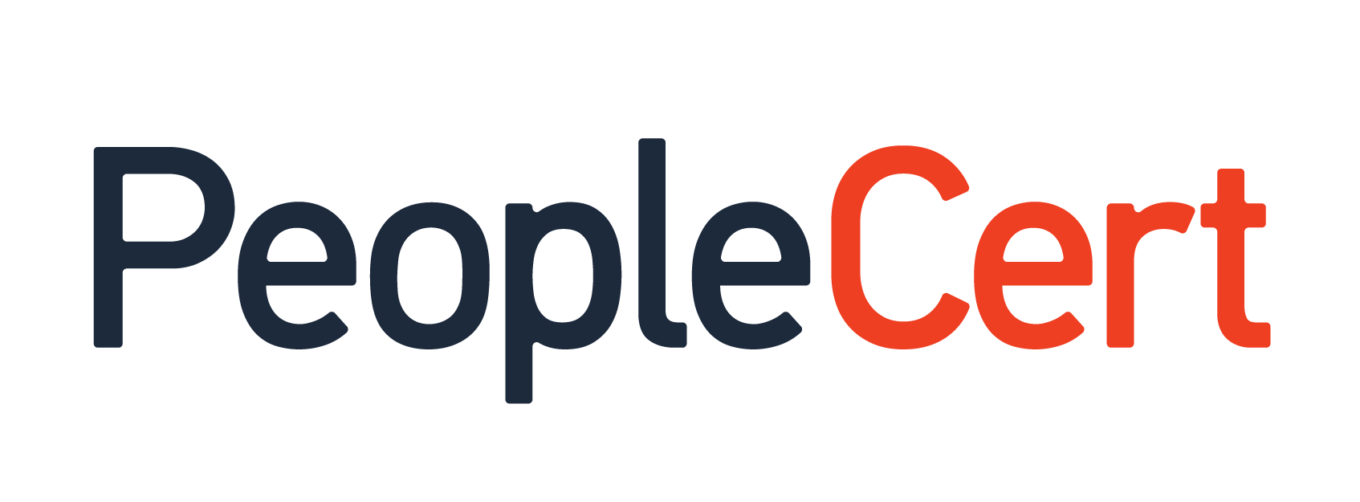Większość z nas lubi mega projekty. Ich rozmach przemawia do wyobraźni. Najwyższy, największy, naj… i tak dalej. Od zarania dziejów dyscypliny naukowej jaką jest organizacja i zarządzanie, czyli od niecałych stu lat 😉, stanowiły one doskonałe przykłady ludzkich przedsięwzięć. Zaś od momentu wyodrębnienia subdyscypliny, jaką jest project management, stały się one dla nas przykładami, które wypadało znać. Zapora Hoovera, opera w Sydney itd. Toż to przedsięwzięcia pokazujące jak ludzkość potrafi organizować i przeprowadzić przedsięwzięcia o dużym stopniu skomplikowania, które wymagają olbrzymich zasobów! Czy jednak dają nam narzędzia potrzebne do poradzenia sobie z różnorodnymi skutkami epidemii COVID-19?
Mega projects continue to attract the attention of project managers around the world. I have been regularly reading our industry magazine PM Network® (a monthly magazine published by the Project Management Institute®) for a long time and I notice constant interest in what is "mega". Of course, digital transformation and ecological challenges also feature prominently in this well-published magazine. However, mega projects constantly provide not only beautiful photographs, but also cases to consider the role and tasks of a project manager. One of the important areas indicated by mega project management practitioners is risk. For example: While on smaller projects project managers can only use their best judgment in addressing risks, mega projects require a formal risk assessment. (The Big Time, November 2016, PM Network®).
I am looking forward to the release of the monthly magazine, which the editorial team is preparing after the global COVID-19 epidemic has occurred. Although the first information from China appeared at the turn of 2019 and 2020, there is not a word about it in the January issue yet. Page 5 presents the tourism industry mega project that started in Siheung, South Korea, in 2018. Siheung Surf Park should be ready in 2023. Those who carried out this venture certainly took many risks into account. It would be very interesting to find out whether the risk of an epidemic such as the one we are dealing with today has appeared in the risk register. I think that even if it appeared, it did not gain a high rank. Despite the SARS epidemic in 2002, most of us would consider the probability of such an epidemic too low to concern ourselves with.
This was our approach in Poland back in February this year. “It won't affect us.” was a common attitude, even though Italy was already fighting the epidemic. A few weeks later, the epidemiological threat in virtually all countries of the world and the resulting decisions to limit social contacts became a fact. Our risk management tools have not protected us from serious consequences, the extent of which we still do not know. Why? Because risk management is based on using our experience to identify and assess the impact and probability of specific events that may potentially affect our business. However, even the involvement of a wide range of experts will not ensure the complete elimination of uncertainty.
Here we come back to the title of this entry. The difference in the concept of risk and uncertainty was brought to my attention by a text published on Wyborcza.pl on April 11 this year. dealing with the behavior of individual governments towards the epidemic. The author, Ivan Krastew, refers to the American economist Frank Knight and his publication from 1921 entitled “Risk, Uncertainty and Profit.” “Knight recognized that while the future is essentially unknowable, the risks are, yes, measurable. They can be estimated from data, provided that similar situations have occurred before. On the other hand, uncertainty concerns outcomes that we cannot predict or situations that we did not expect.”
In this way, I became aware of the scientific source of the idea presented in PMBOK® Guide as “known-unknowns” and “unknown-unknowns” (Project Management Institute, A Guide to the Project Management Body of Knowledge, (PMBOK® Guide) – Sixth Edition, Project Management Institute Inc., 2017, Page 245, 254). According to Frank Knight's concept, we consider the former as risk and the latter as uncertainty. For those interested, its original text is available on the Internet, but I must admit that it is a difficult read. While looking for it, I came across an interesting study "Uncertainty, profit and entrepreneurial action: Frank Knight's contribution reconsidered" by Geoffrey t. F. Brooke, which I sincerely recommend. I borrow from there a quote from Knight's publication from 1942, entitled “Profit and Entrepreneurial Functions”: (…) business activities are subject to various constraints that are fundamentally unpredictable, or that no one would think about when trying to make predictions.
And so we come to the agility contained in the title. I started learning about agility from the book by Ken Schwaber and Mike Beedle entitled “Agile Software Development with Scrum.” My favorite part is in chapter two: Get Ready For Scrum! Ken Schwaber explains how he was looking for a solution to the problem of too much uncertainty when creating IT systems. In 1995, he went to experts from the DuPont Experimental Station dealing with process optimization. They made him realize that creating systems is so complex and uncertain that it must be approached in an "empirical" way. Characteristic of this approach is that we do not try to predict the future. We assume that something unpredictable will happen anyway. Therefore, the way to control this type of projects is frequent inspections and adaptation to reality. This became the basis for one of the key concepts of agile approaches, the "sprint".
Another key concept for agile approaches is ongoing engagement of key stakeholders. I know from experience that its lack often prevents the actual implementation of "agility". Also in mega projects, project commissioners will usually try to agree on the scope, time and costs of the project at the beginning and then expect the agreed results to be delivered. Deeper involvement of principals can in many cases be a big challenge. In the case of gigantic challenges, such as the COVID-19 epidemic, we have no problem with this. This virus and the disease it causes leave no one indifferent. Therefore, since we are facing such an unpredictable challenge and we cannot complain about the lack of stakeholder involvement, it is high time to realize that "agile" patterns of behavior are also a solution for us.
Author: Maciej Krupa,










